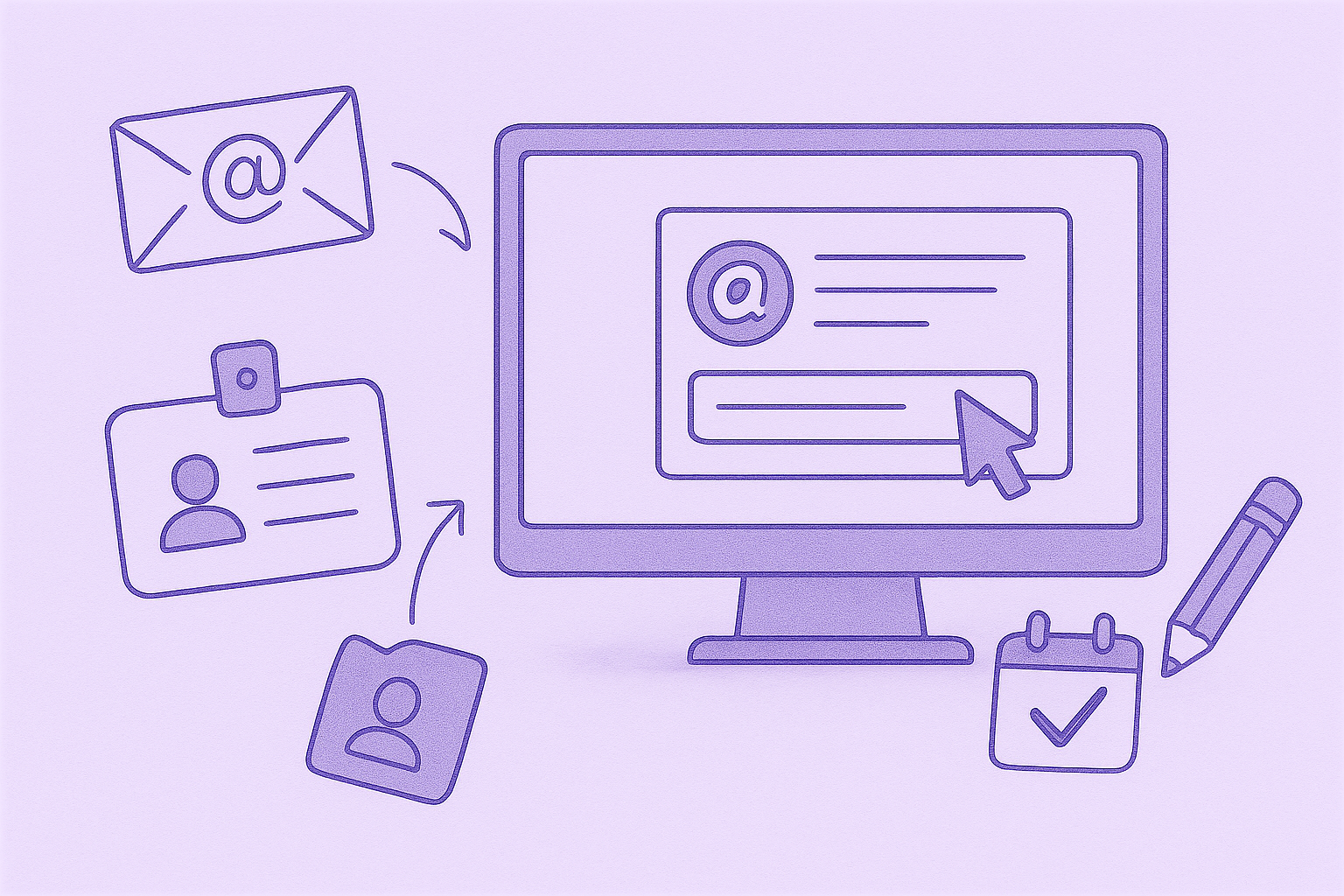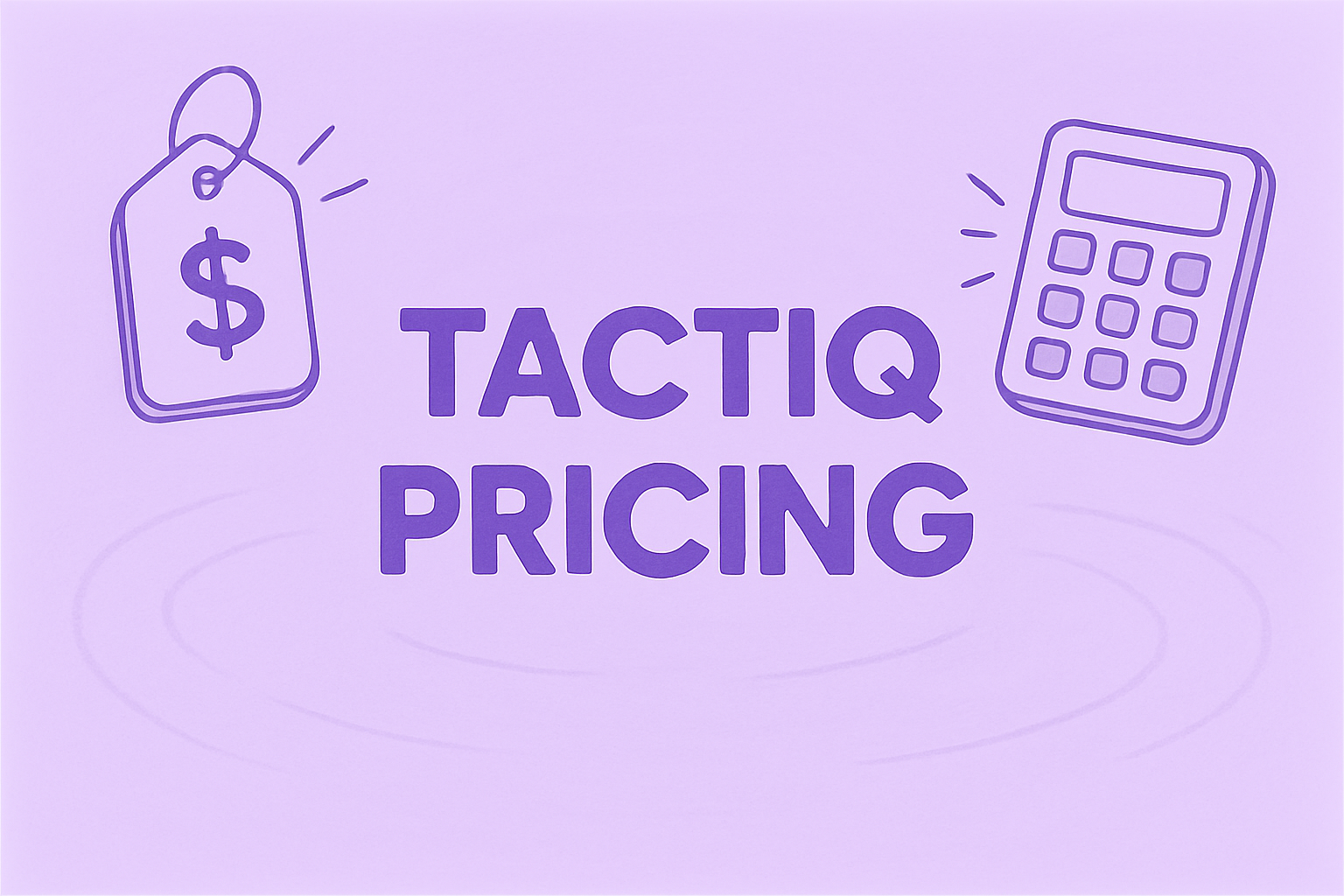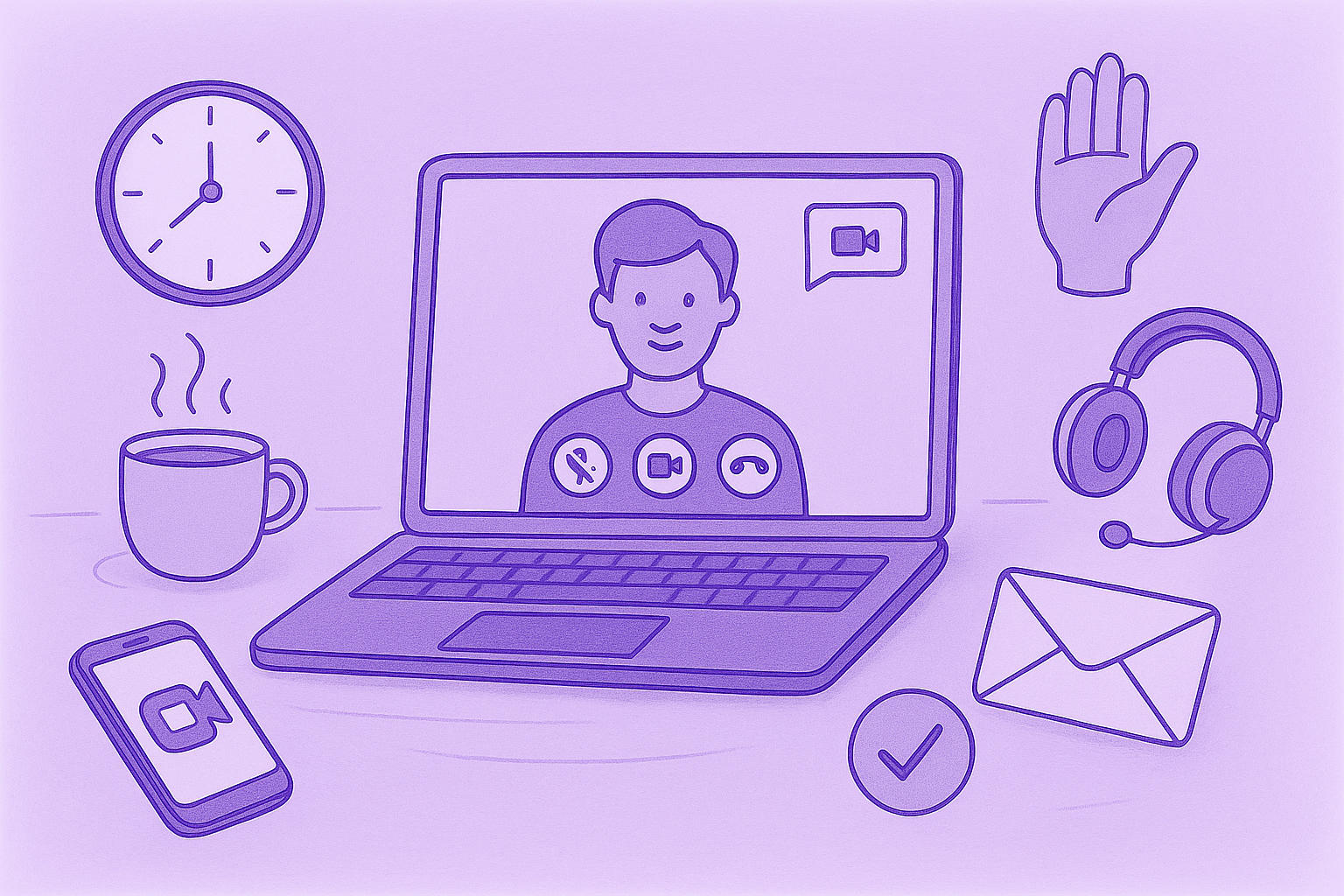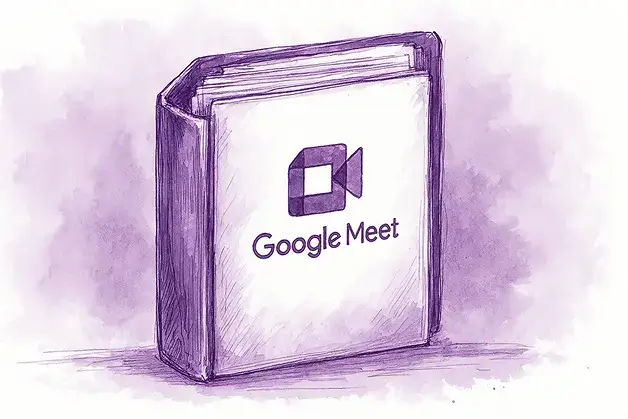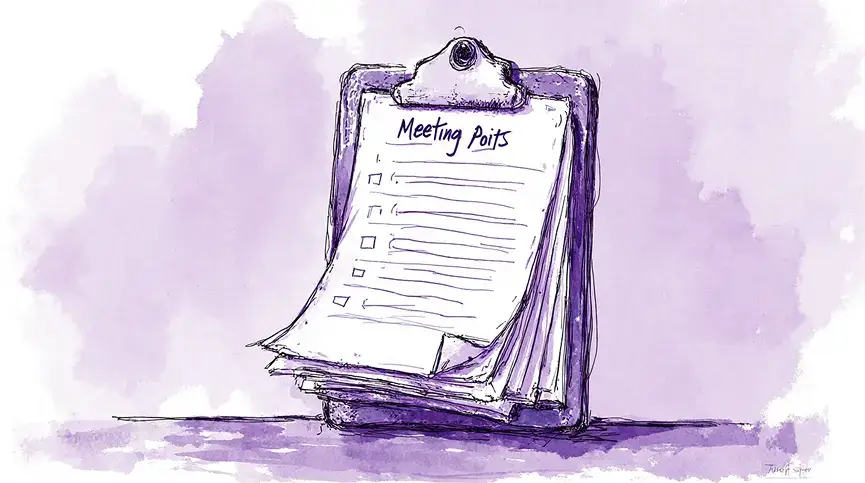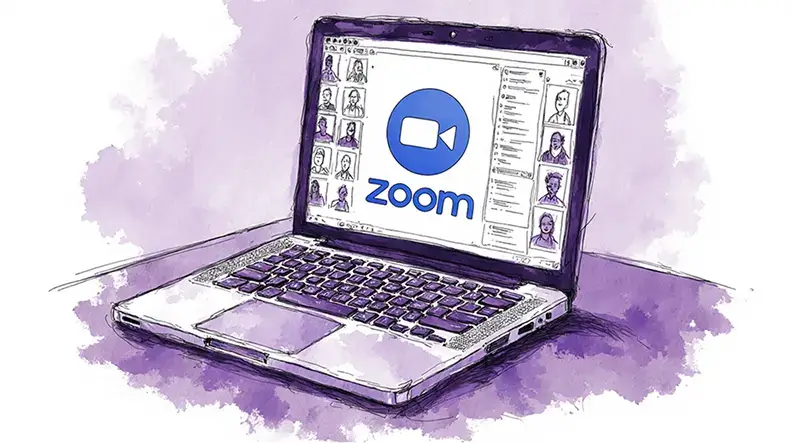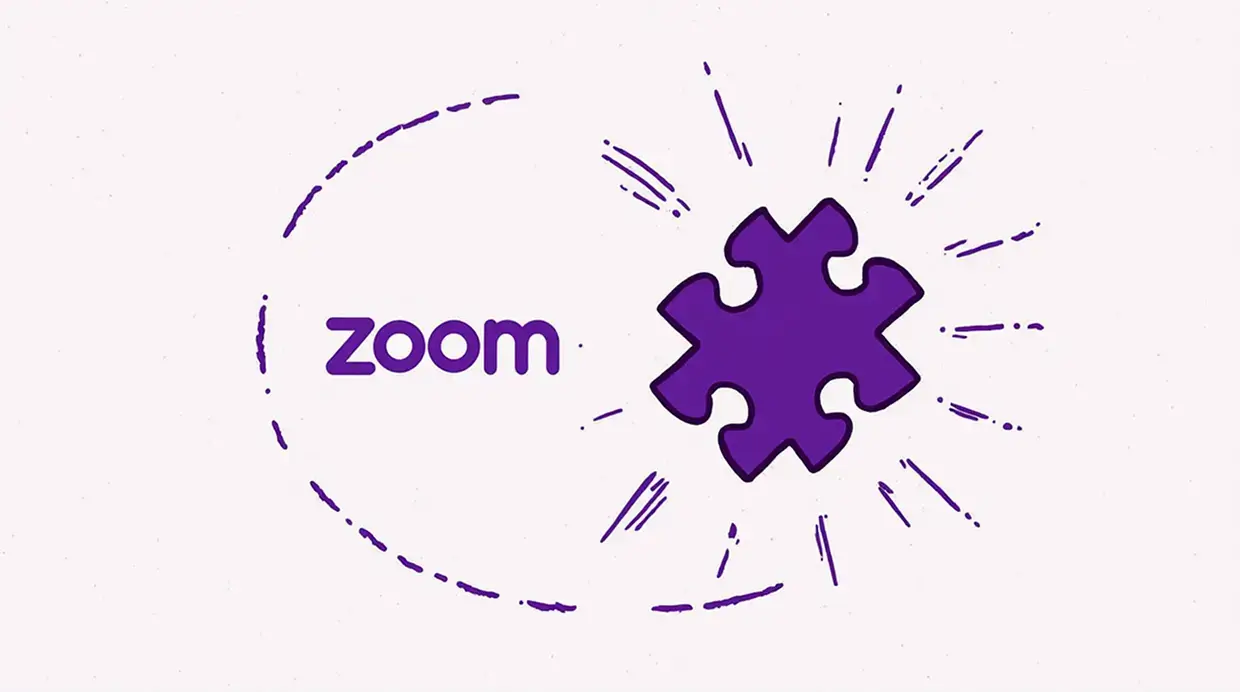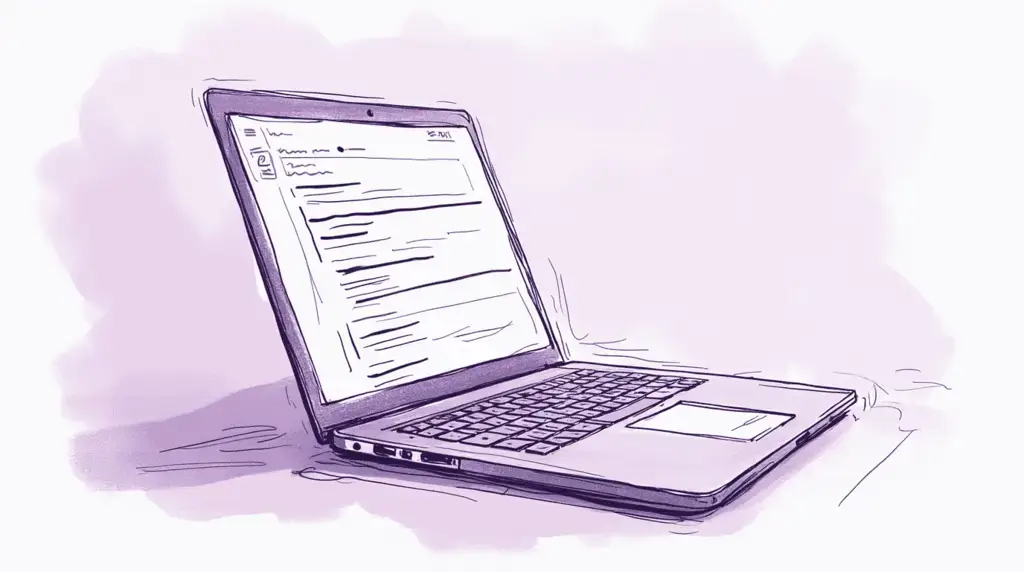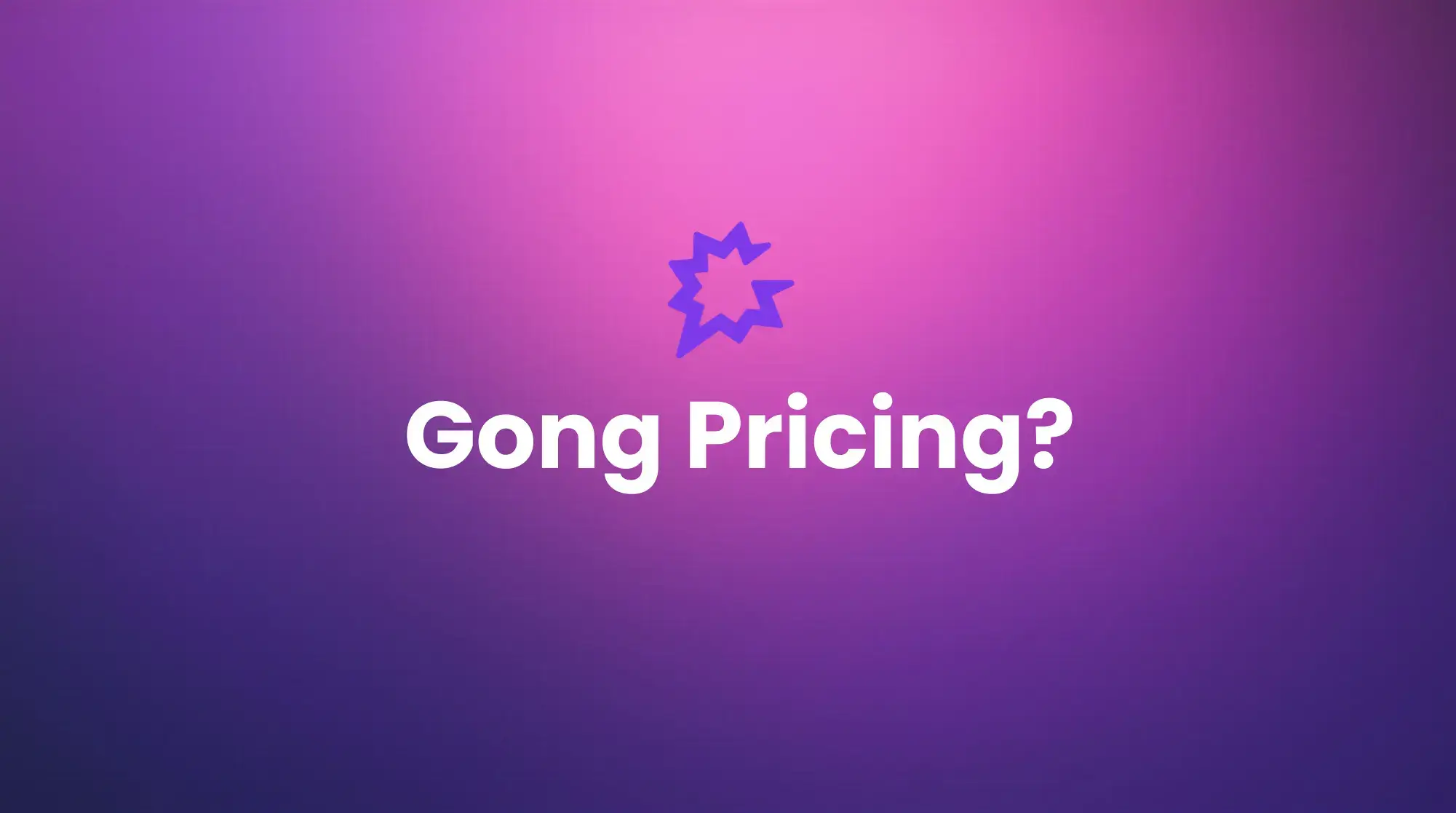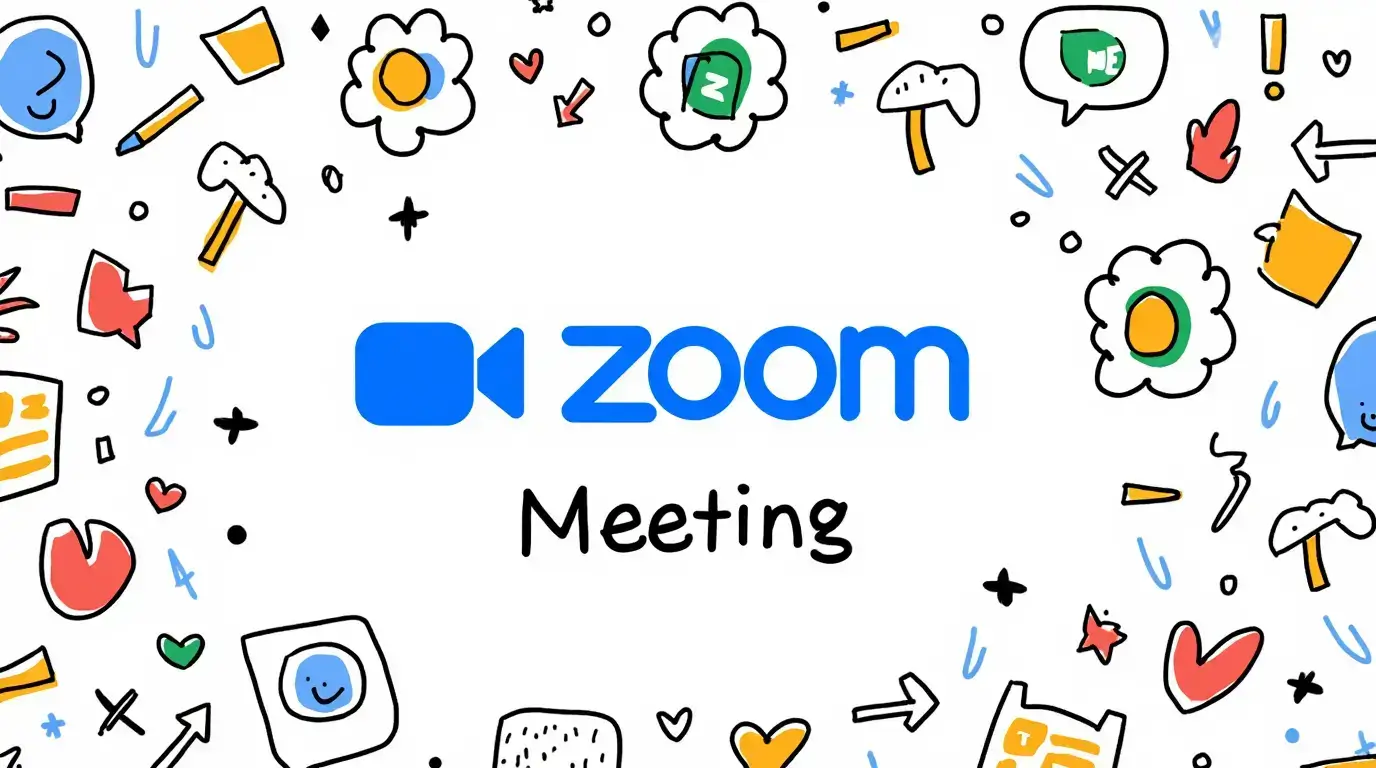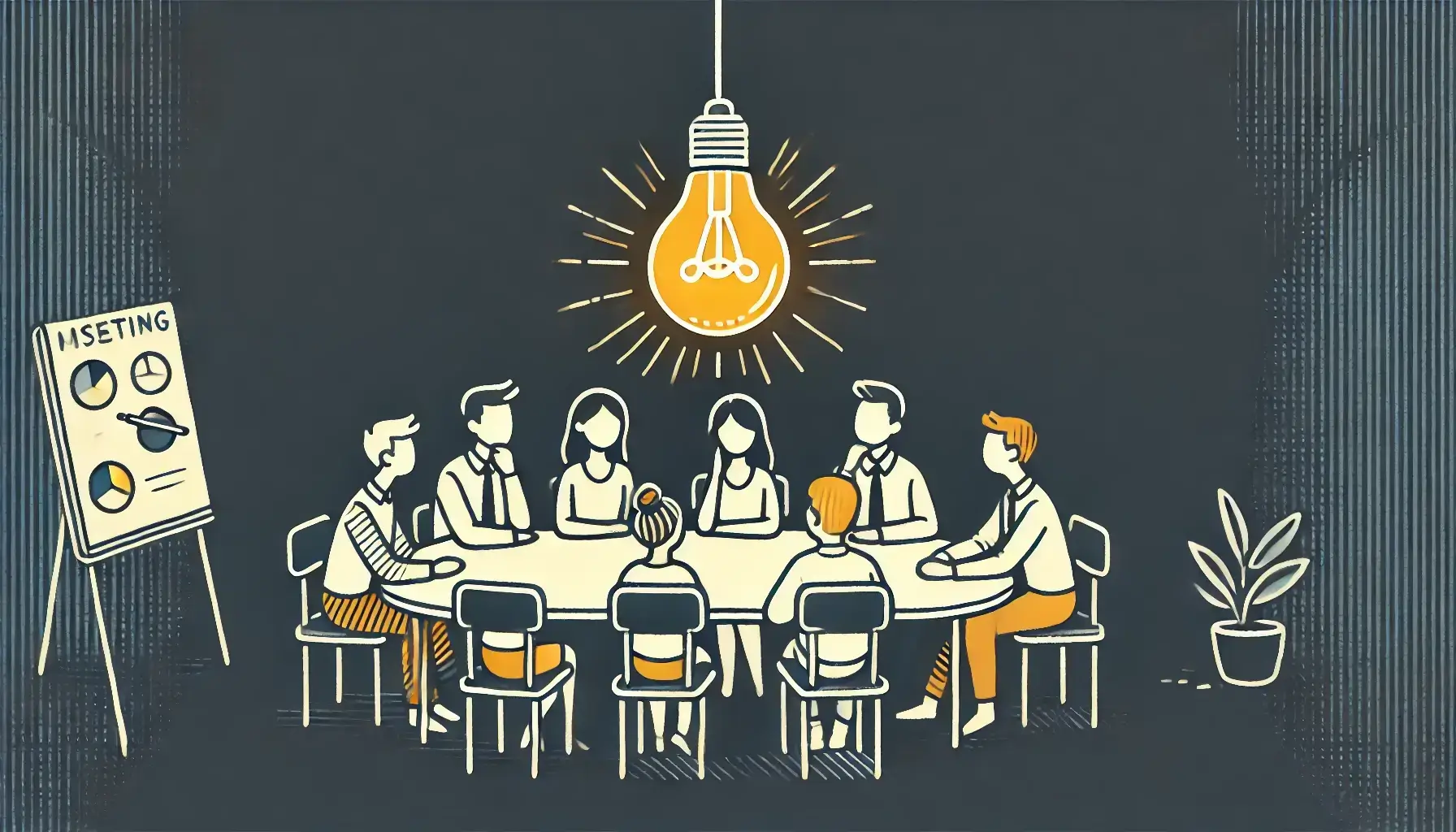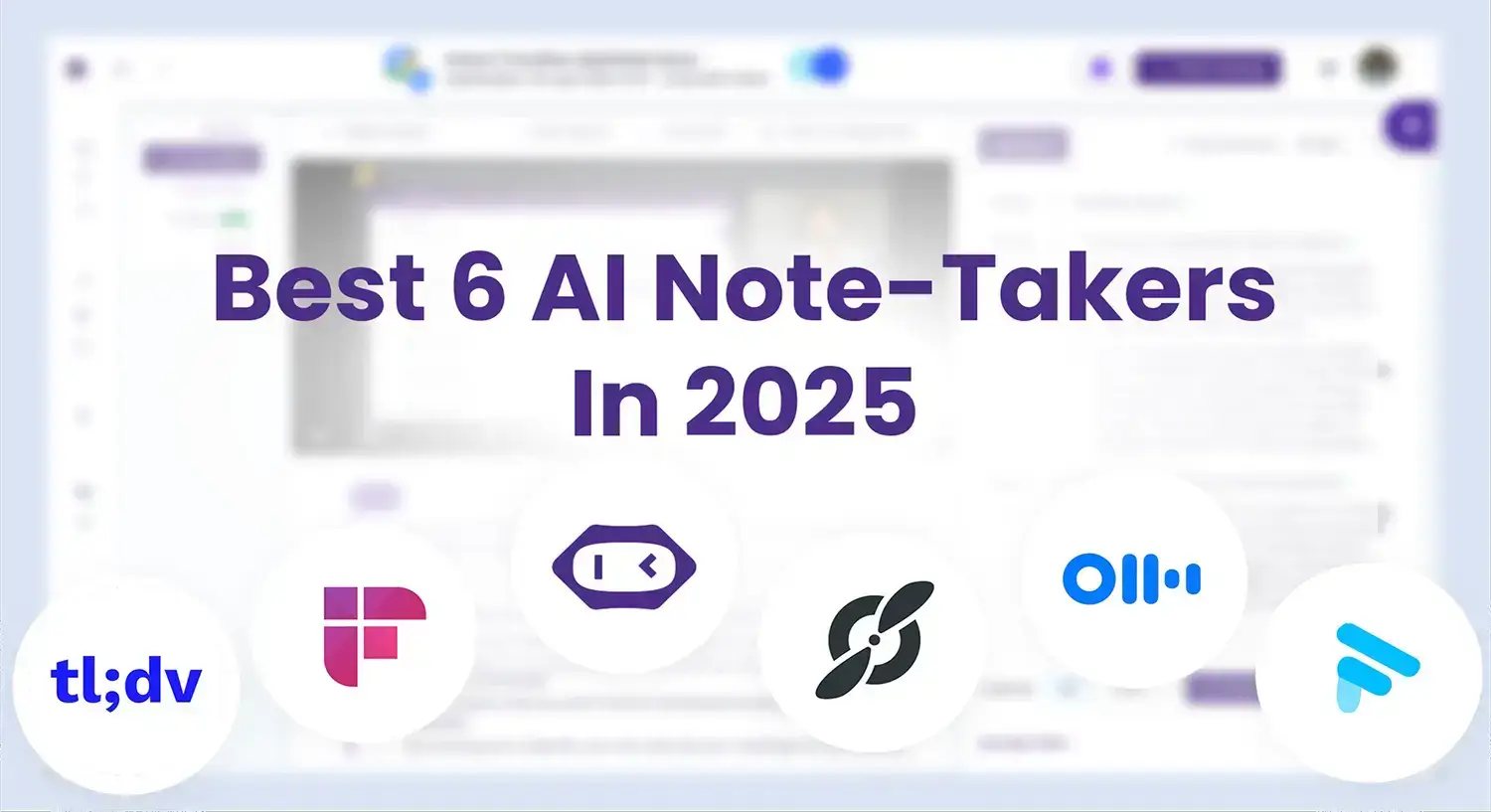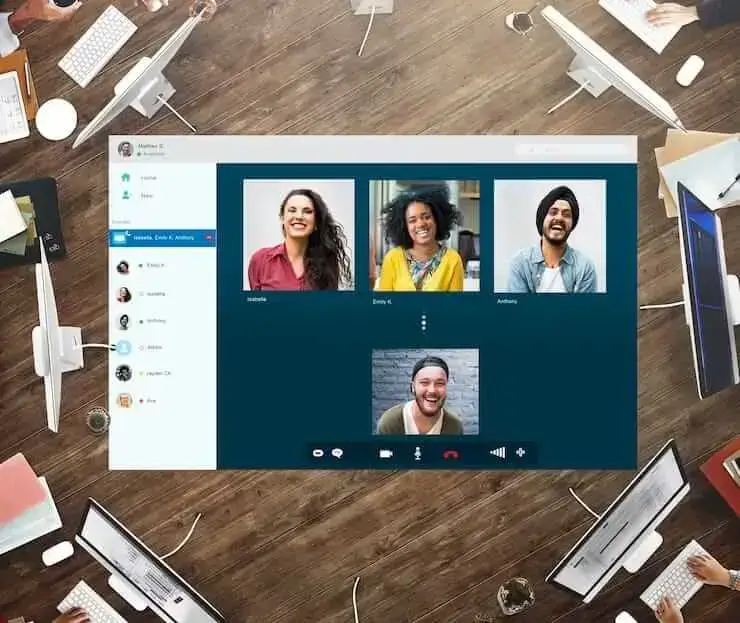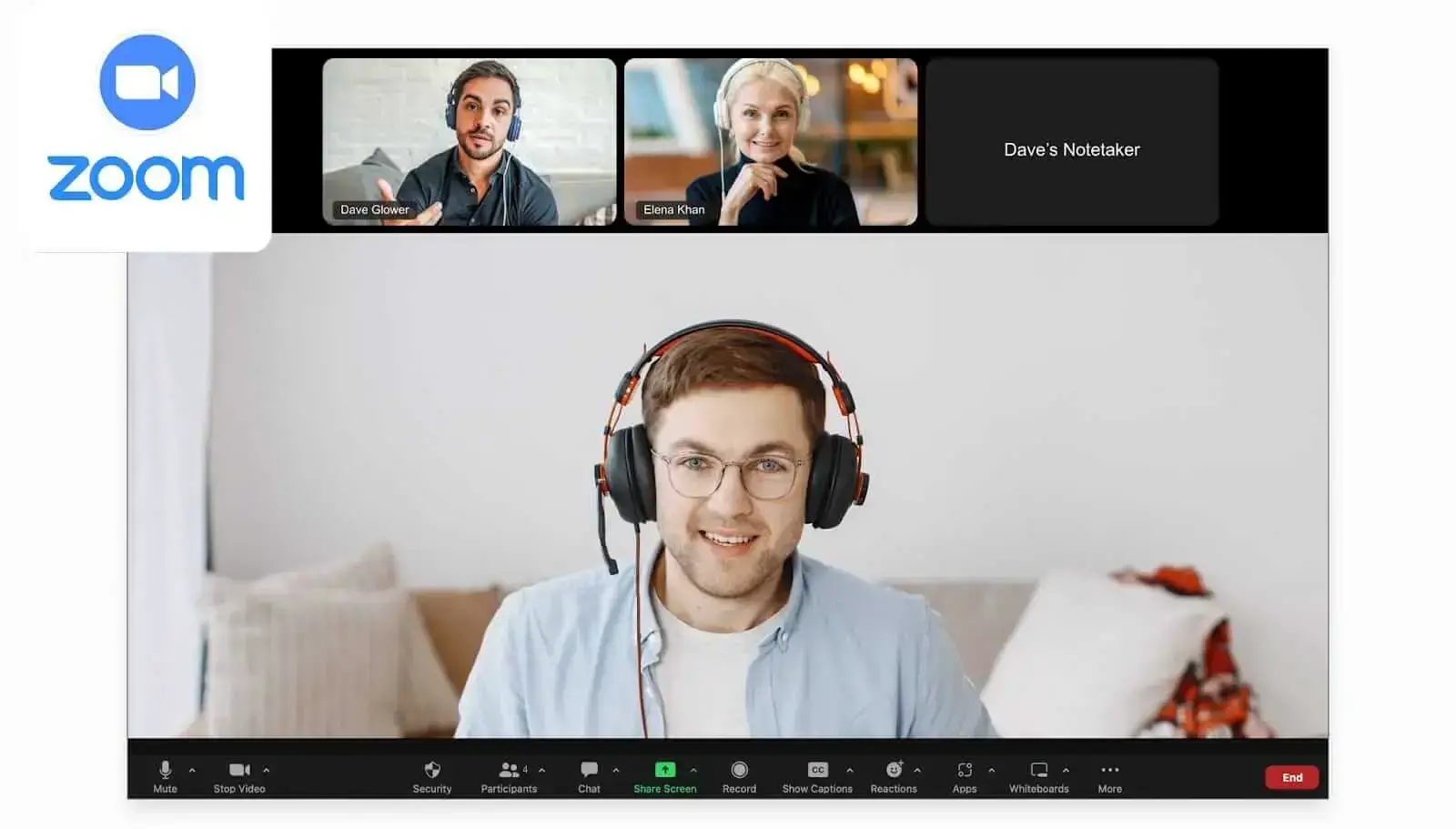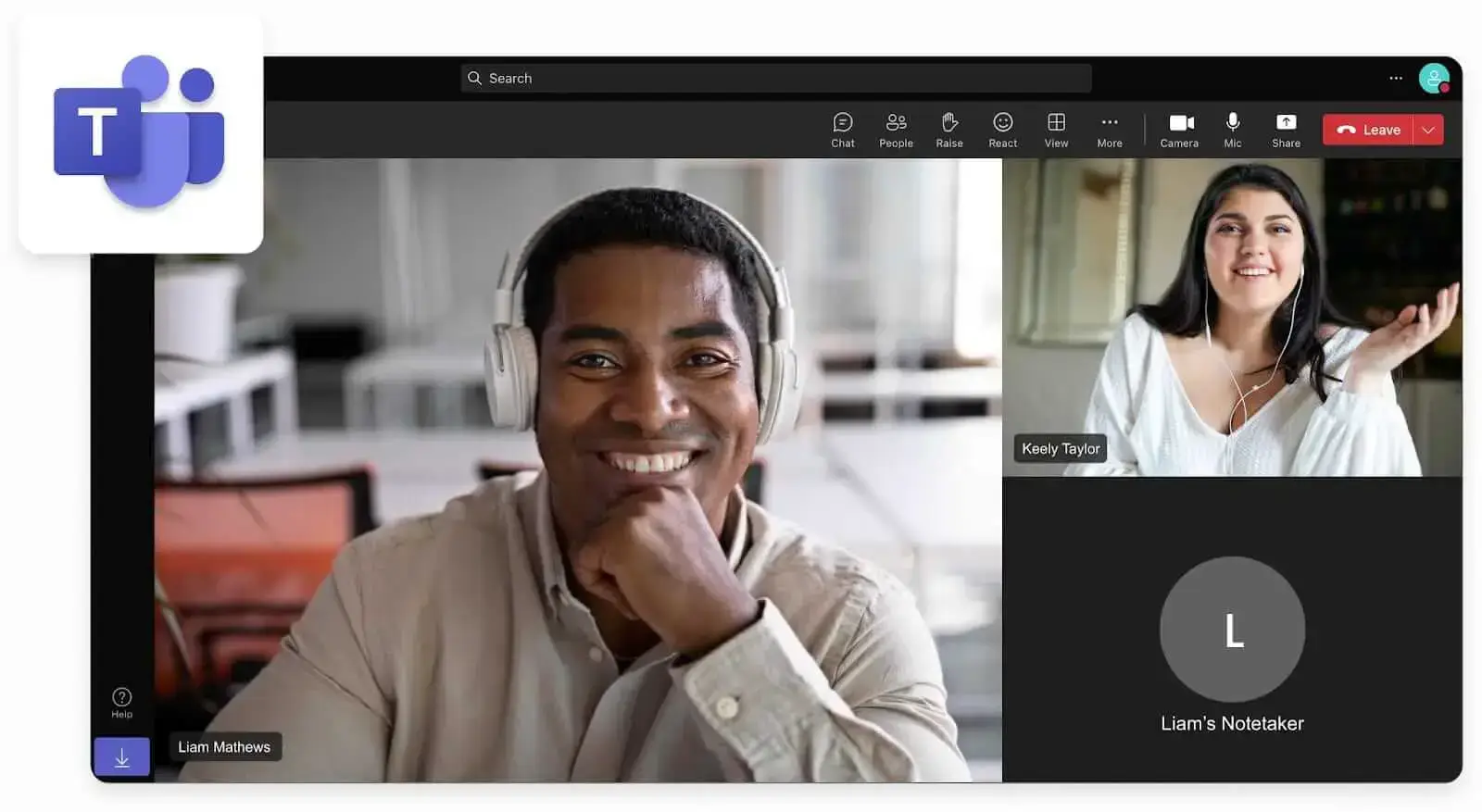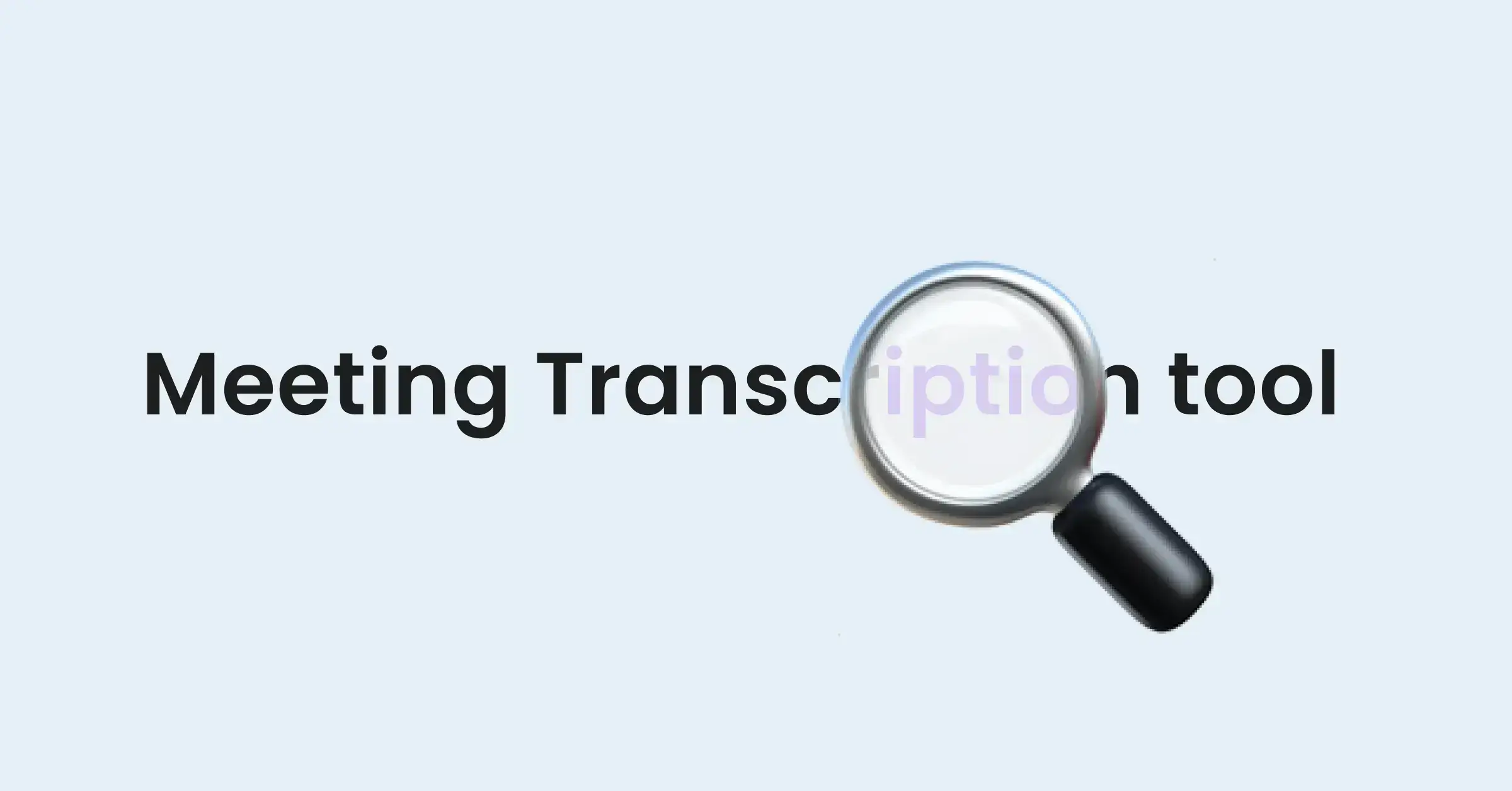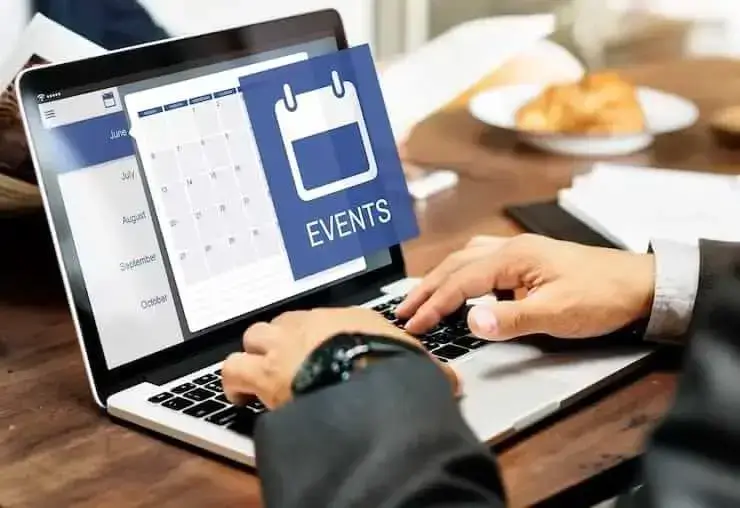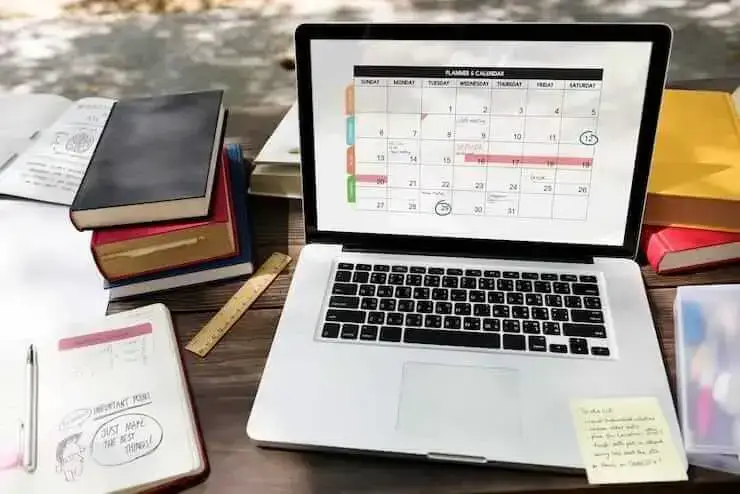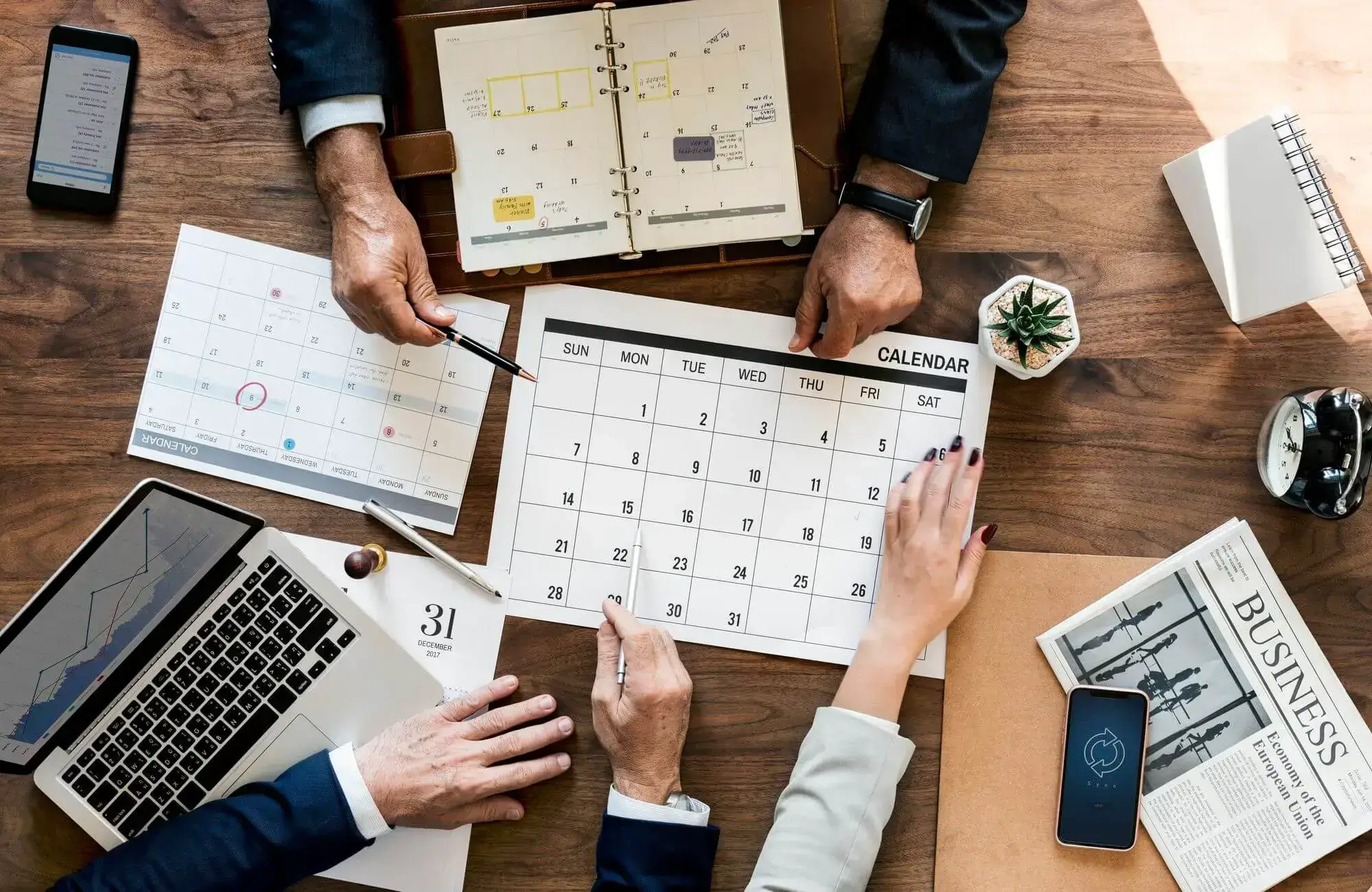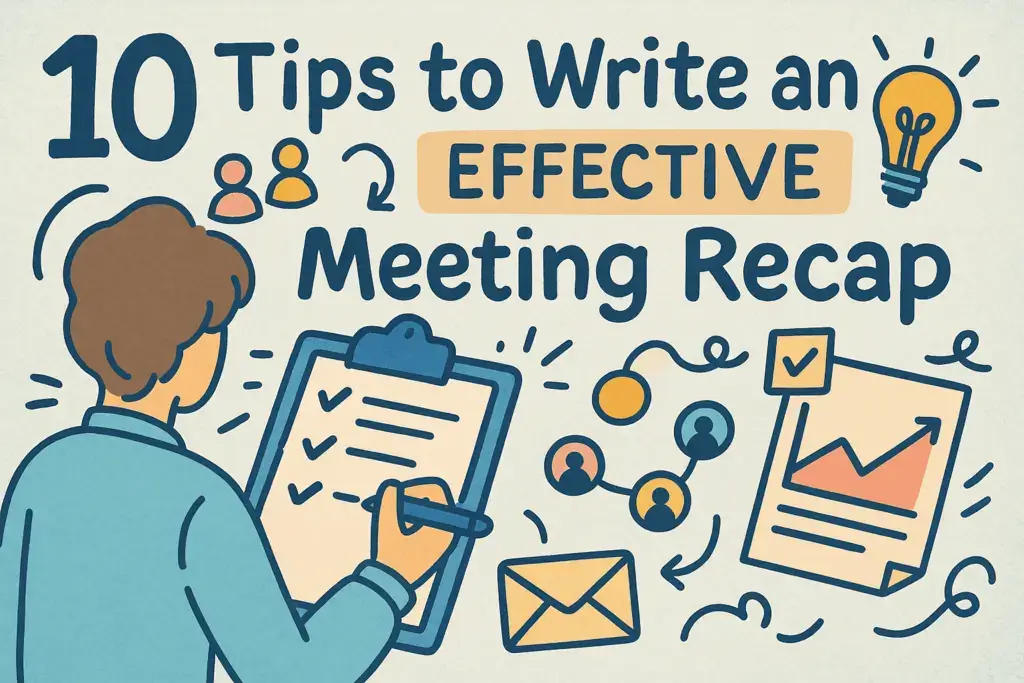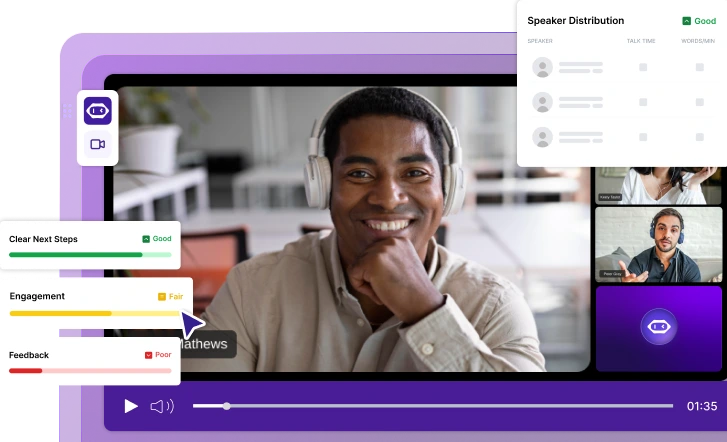How to Have an Effective Touchpoint Meeting: Strategies for Managers
Want to conduct successful touchpoint meetings? Learn actionable tips and strategies to foster collaboration, track progress, and inspire your team to achieve more.

✅ Free meeting recording & transcription
💬 Automated sharing of insights to other tools.

Ever felt like your team might be working hard but not necessarily together? That's where touchpoint meetings pay off. They are key for ensuring everyone is on the same page, addressing any issues early on, and aligning on goals.
But how can you make these meetings effective rather than just another item on your calendar? Stay with us as we explore simple strategies to make your touchpoint meetings productive and essential for your team’s success.
What is a Touchpoint Meeting?
A touchpoint meeting is a regularly scheduled gathering where managers catch up with their team to discuss ongoing projects and tasks. It’s a chance to update each other on progress, address current challenges, and ensure everyone understands their responsibilities.
Touchpoint Meetings vs. Status Update Meetings
TL;DR: While both touchpoint meetings and status update meetings keep everyone updated and on the same page, touchpoint meetings are shorter and more focused on immediate updates, whereas status update meetings are for deeper discussions about the project.
Touchpoint meetings are pretty quick, usually lasting between 15 and 30 minutes. They're meant to check on progress without taking up too much of your day. Status update meetings, on the other hand, can take longer because they go in more detail and cover the entire project's progress.
Additionally, touchpoint meetings are about high-level updates. You'll talk about key updates and any big issues that need quick attention. Status update meetings are more detailed, where you discuss specific tasks, address technical issues, and work through more complex problems.
Purpose and Goals of Touchpoint Meetings:
✔ Help everyone understand and agree on the same objectives and project goals
✔ Foster open communication, making it easier for team members to share updates and concerns
✔ Encourage teamwork and problem-solving to keep the project moving forward
✔ Focus on resolving any challenges that might affect the project
✔Strengthen teamwork by improving interpersonal connections among team members
Types of Touchpoint Meetings:
- Daily stand-ups are brief morning meetings where team members discuss what they accomplished the day before, what they plan to work on that day, and any issues they’re facing. They’re typically 15 minutes at most and aim to keep everyone informed and on track.
- Weekly check-ins are more detailed sessions where the team reviews the progress made over the past week and plans for the upcoming week. This is an opportunity to address in-depth issues and decide on future actions.
- Monthly reviews let teams reflect on the past month’s achievements and challenges and set objectives for the following month. They are essential for getting a comprehensive overview and long-term planning.
Don’t Skip Touchpoint Meetings If:
- Something is holding up progress and requires real-time input from multiple people
- Back-and-forth messages aren’t leading to a solution
- Someone new joins or responsibilities shift
- A situation requires brainstorming, weighing different perspectives, or making a strategic choice
- You need to address performance issues, team concerns, or feedback discussions
- If different departments are involved
- A project is falling behind
🚀TRY THIS INSTEAD: If your meeting is essential but key team members can’t attend, MeetGeek is the perfect tool to keep everyone in the loop. It automatically records your meetings, provides AI-generated summaries, and lets your team catch up on key points asynchronously, helping you move projects forward and saving you time.
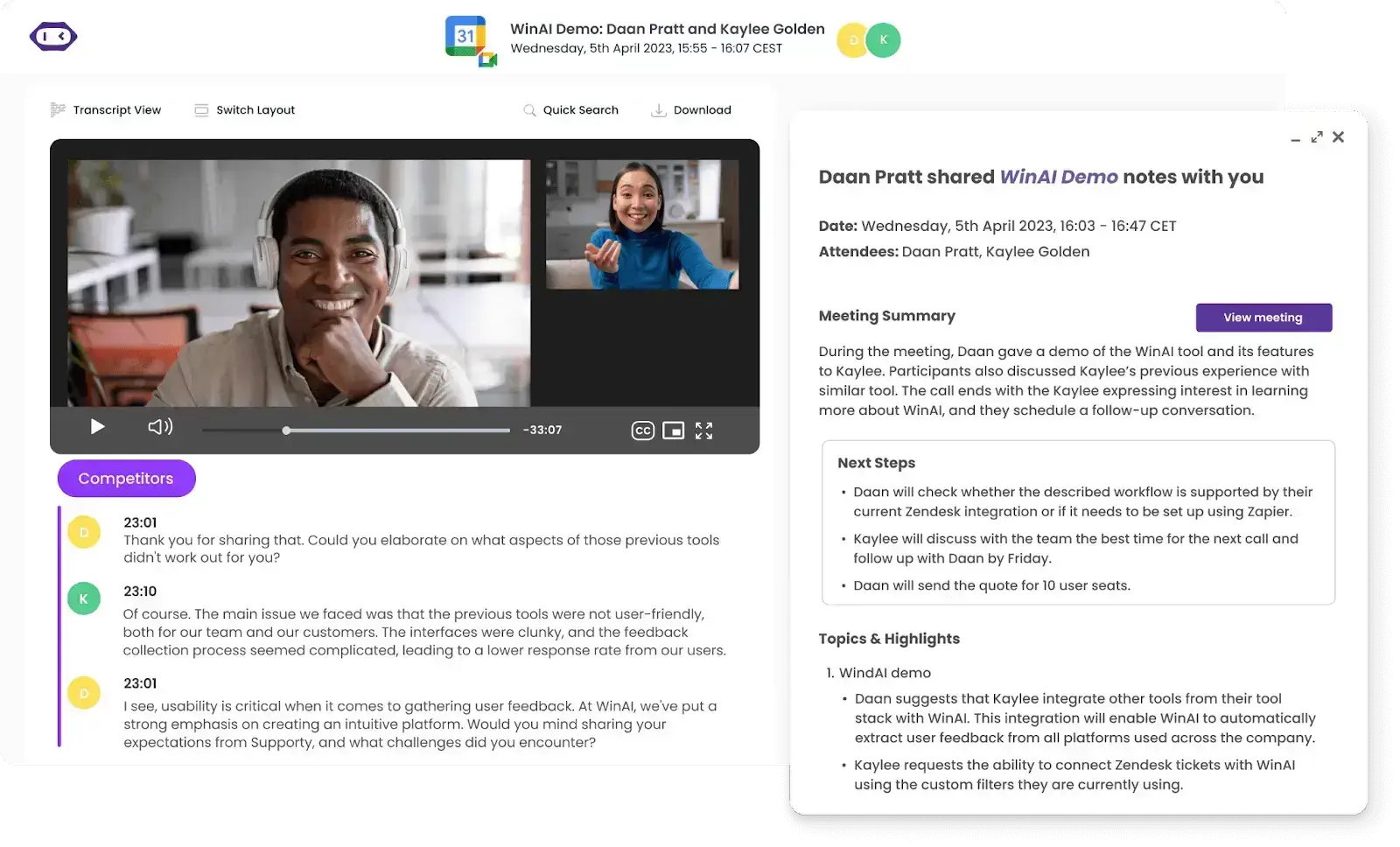
How to Prepare for Touchpoint Meetings:
- Define your objectives and agendas
- Invite the right participants
- Identify current project issues
- Provide updates on tasks
- Gather relevant materials and data
- Consider scheduling and timing details
1. Define Your Objective and Agendas
Think about what the main goal of your meeting is. Are you looking to update the team on progress? Solve specific issues? Or maybe set directions for the upcoming week?
Once you have it in writing, you can create a meeting agenda that supports it. List the topics you need to cover to achieve that goal and assign a rough time to each so you don’t run over.
For example, if your objective is to update on progress, your agenda might include items like:
- Quick updates from each team member (2 minutes each)
- Discussion on any major roadblocks (10 minutes)
- Plan the next steps (5 minutes)
You can have multiple objectives, but avoid packing too much into the agenda. The simpler and clearer it is, the easier it will be for everyone to follow. Remember, the aim is to be efficient and effective with the time you have.
BONUS: Touchpoint Meeting Agenda Template
| Date: [Insert date] Time: [Insert time] Duration: [Insert duration] Location: [Virtual link/Physical location] 1. Opening remarks (1 minute): Quick welcome and review of the meeting agenda. 2. Team updates (5 minutes): Each team member gives a brief update on their current projects (1-2 minutes per person). 3. Key Issue Discussion (5 minutes): Discuss any major issues or roadblocks that team members are facing. Decide on action items to resolve these issues. 4. Progress Review (5 minutes): Review the goals set during the last meeting. Discuss progress made towards these goals. Adjust goals as necessary based on team feedback and project timelines. 5. Upcoming Goals and Tasks (3 minutes): Set objectives for the coming week/month. Assign responsibilities and deadlines. 6. Closing (2 minutes): Recap the main decisions made and tasks assigned. Confirm the next meeting date and time. Have a quick motivational wrap-up to keep the team engaged and motivated. NOTES: |
2. Invite the Right Participants
Think about who influences the project you’re discussing. These are your key players, aka the people who need to be in the loop for a productive discussion.
If you need approvals or a final say on something, have a manager or supervisor attend touch point meetings to save time and prevent the need for follow-up meetings. Also, if there are people outside the immediate team whose work might be affected by your project, or who have a stake in the outcome, consider adding them to the invite list.
Remember: while it’s important to be inclusive, too many participants can lead to prolonged discussions and difficulty in reaching decisions. Invite only team members directly involved in your project. All the others can catch up with the meeting records.
3. Identify Current Project Issues
Review the goals and milestones set during the last touchpoint meeting. Check if there are any pending items that haven’t moved forward and try to understand why.
For this, keep an eye on the project management tools you use. Dashboards, task lists, and progress reports can all give you clues about where things might be getting stuck. If you see tasks that are continuously overdue or comments indicating confusion, those are your red flags.
4. Provide Updates on Tasks
It's also a good idea to ask your team members to send in brief progress reports on their project tasks. This could be as simple as a few bullet points via email or a quick note in whatever collaboration tool you use.
Encourage team members to highlight what they've completed and any upcoming tasks they'll tackle before the next meeting. This gives everyone a clear snapshot of where things stand.
Make sure you, as the manager or team lead, compile these updates into a clear, concise format. You might want to create a simple document or a slide that summarizes all the key points: what's done, what's in progress, and what's next.
5. Gather Relevant Materials and Data
Make a checklist of the types of information you'll need based on your meeting agenda. This might include the latest project plan, any recent updates you’ve collected from the team, relevant emails or communications, and previous meeting notes that are essential for any follow-ups.
Also, grab any performance data or metrics that could influence the project decisions or show how well the current strategies are working. Organize these materials in a way that's easy to reference during the meeting.
PRO TIP: Compile a High-Level Status Report
Before the meeting, create a high-level status report that summarizes the overall progress, project milestones, and any major issues. This gives everyone a quick snapshot of where things stand and can be a great starting point for your meeting discussions. And keep it visual: a chart or graph can often convey status at a glance better than paragraphs of text.
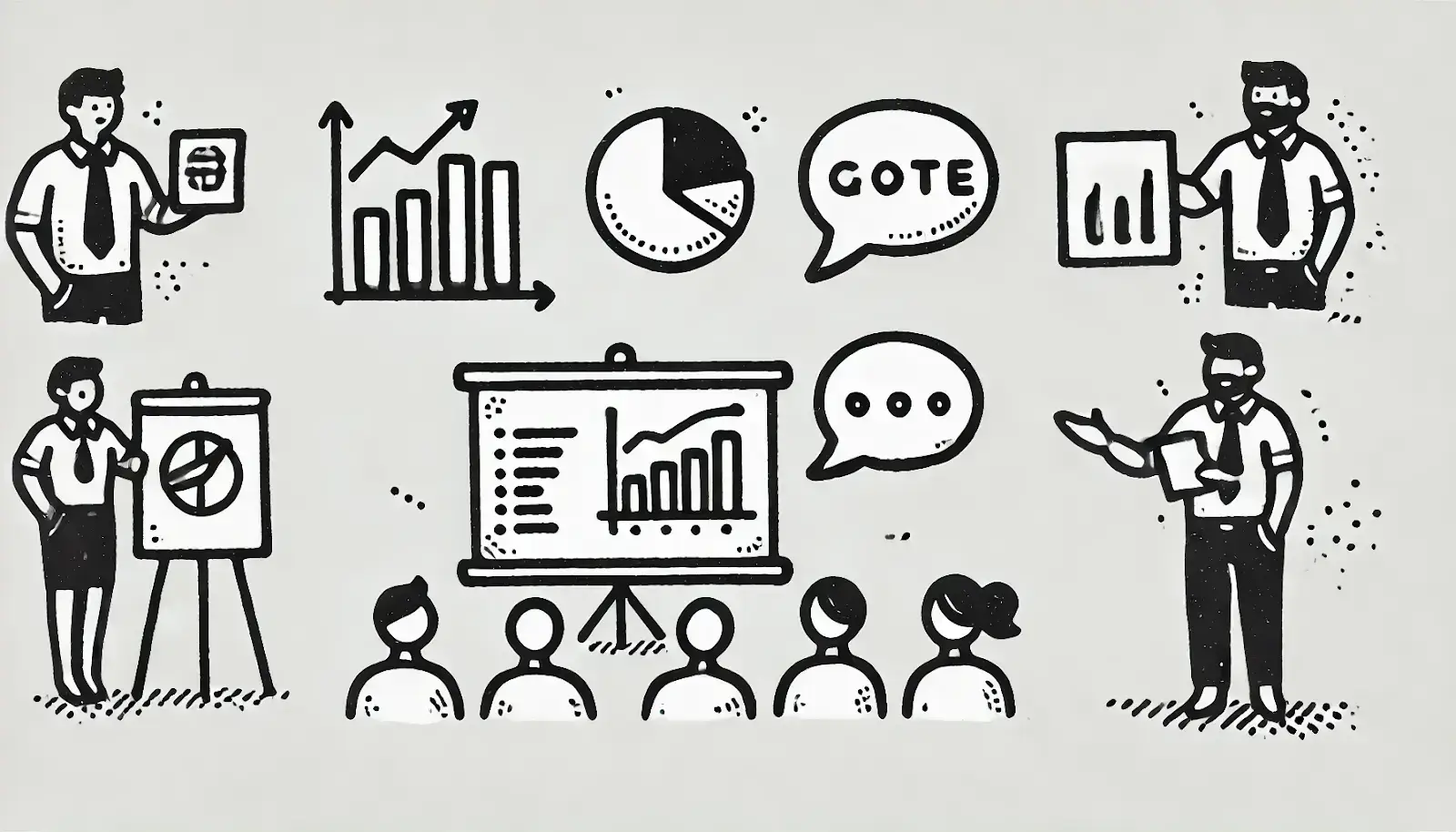
6. Scheduling and Timing Considerations
Check team members' availability and choose a time that works for everyone, especially if they are in different time zones or have varied schedules. If the meeting is recurring, keep it on the same day and time to make it a regular part of their routine.
Also, keep it short. 15 to 30 minutes is usually enough for key updates and next steps. If there’s a lot to discuss, consider multiple short sessions instead of one long meeting.
Additionally, select a time of day that makes sense. Morning meetings can help set priorities, while afternoon meetings work better for reviewing progress. Avoid scheduling too late in the day when people are less focused.
Finally, send out invites early and include the agenda so the team can prepare and the meeting can stay productive.
How to Conduct an Effective Touch Point Meeting
- Record your meeting
- Build rapport and set the tone
- Follow core discussion points and agenda items
- Encourage participation and engagement
- Set aside time for feedback
- Finish with clear action items
1. Record Your Meeting
Recording your touchpoint meeting is a great way to track important discussions, decisions, and action items. Before you hit record, let your team know that the meeting will be recorded. This gives everyone a chance to ask questions or opt out if necessary.
Once the meeting is over, store the recording in a shared location where the team can easily access it. This could be a cloud folder like Google Drive or a team communication tool like Slack or Notion.
💡PRO TIP: If your team prefers a more structured recap, you can use an AI meeting automation and collaboration platform like MeetGeek to generate meeting notes with action items automatically. This way, you can turn your meeting recordings into searchable text, making it easy to reference past discussions.
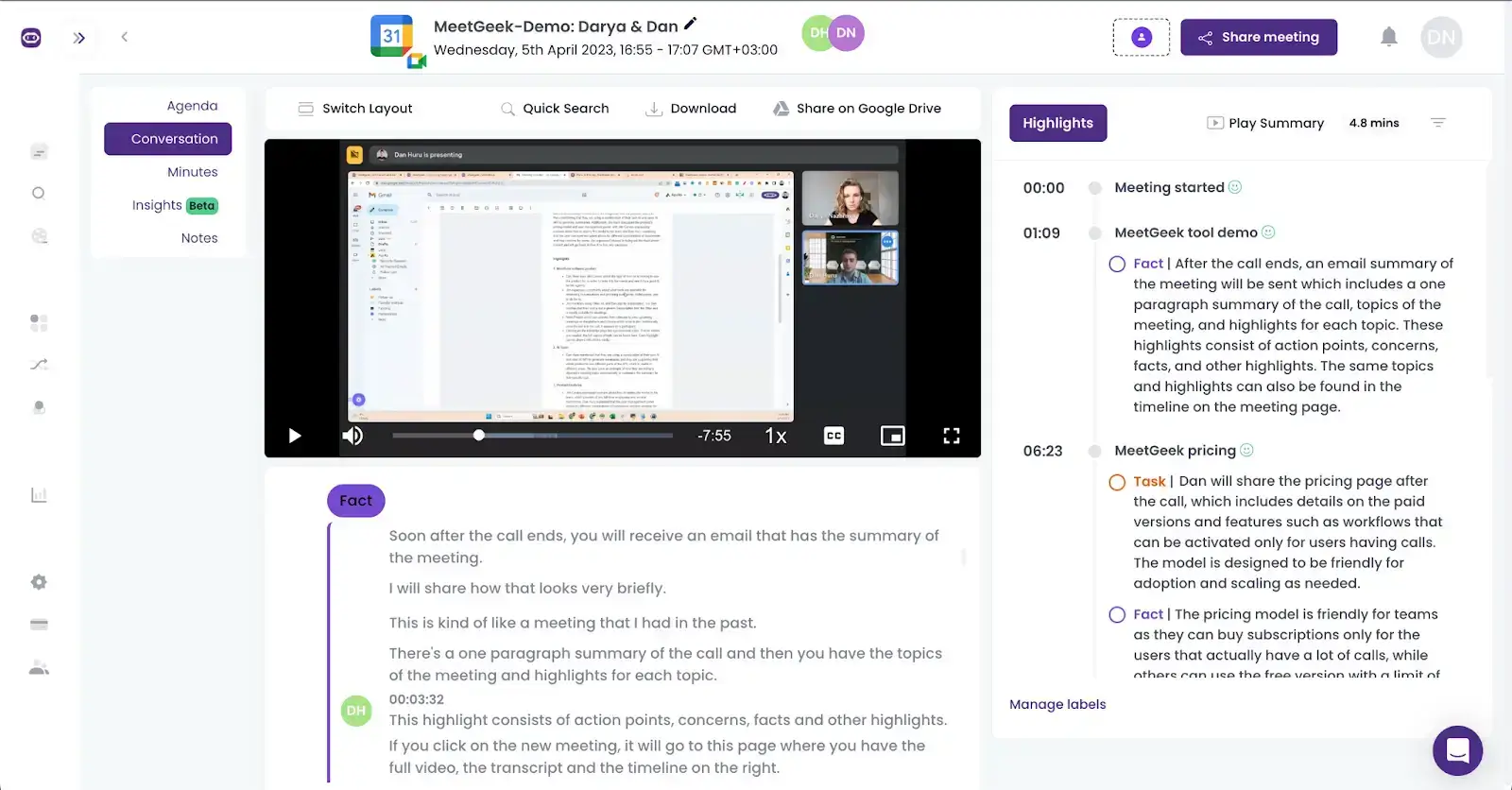
Plus, MeetGeek’s mobile app offers the same benefits for in-person meetings, so you can track and document your project progress every single time.
2. Build Rapport and Set the Tone
Start by greeting everyone and showing genuine interest in how they’re doing. An easy “How’s everyone’s week going?” or “Anything exciting happened since we last met?” can help break the ice. If your team enjoys a bit of casual conversation, allow a minute or two for a light chat before jumping into the agenda.
Then, go on and set expectations by making it clear that the meeting is a space for open and honest communication. Let your team know you value their input and encourage them to speak up if they have updates, concerns, or suggestions.
Also, be mindful of your energy: if you sound bored or distracted, other team members will likely mirror that. Stay present, keep the conversation flowing, and acknowledge contributions as people share their updates.
3. Follow Core Discussion Points and Agenda Items
Have your agenda in front of you and quickly review it at the beginning of the meeting so everyone knows what to expect. As you move through the topics, stick to the planned time for each item. If a discussion starts running long or goes off-topic, gently steer it back by saying something like, “That’s an important point—we can dive deeper into it later, but let’s wrap up this topic first.”
Encourage attendees to keep their updates concise and relevant. If specific team members start going too deep into details that don’t apply to the group, suggest a follow-up discussion outside the meeting.
Also, sometimes unexpected issues come up that need immediate attention. If a major roadblock appears, decide whether it’s worth adjusting the agenda or if it should be handled separately. The key is to balance structure with adaptability so that your meetings stay productive and drive projects forward without feeling rigid.
4. Encourage Participation and Engagement
If only one or two people are talking while the rest stay silent, the meeting can feel more like a lecture than a team discussion. To change this, ask direct but open-ended questions like, “Does anyone have any challenges they’re facing?” or “Is there anything that’s slowing down progress?”
On dealing with dominant or quiet participants:
•If someone is dominating the conversation, politely steer it back to others. For example, “Great point, Alex! I’d love to hear what others think—Emma, what’s your take on this?” This shifts the focus without making it awkward. And if your meetings tend to have one or two people doing most of the talking, try using a round-robin approach where each person shares an update. This ensures equal participation.
•Invite quieter team members to speak up is by making sure their input is valued. When someone shares an update or suggestion, acknowledge it with a quick response so they know their contributions matter. If a discussion sparks an important debate, encourage different perspectives while keeping the conversation respectful and solution-focused.
Also, consider rotating meeting leaders to keep everyone engaged throughout project-related meetings.
Finally, keep an eye on body language or engagement cues. If people seem distracted or disengaged, try asking a different type of question, invite someone new to share, or even take a quick pause before moving on.
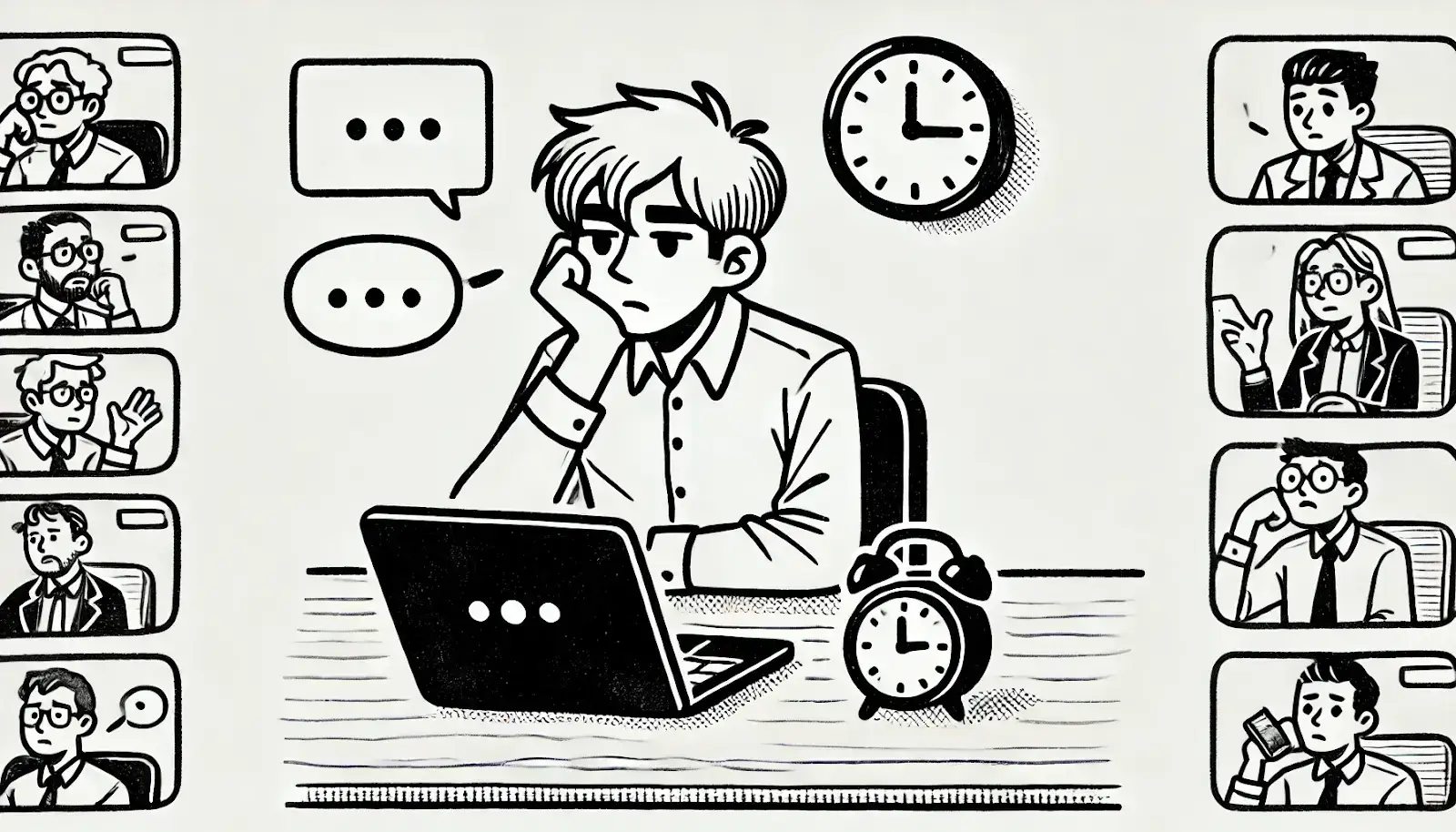
5. Set Aside Time for Feedback
To make feedback part of the meeting without it feeling forced, ask open-ended questions like, “Is there anything we could do differently to make these meetings more useful?” or “Are there any blockers that we haven’t talked about yet?” This keeps the conversation constructive and encourages honest input.
Also, consider collecting feedback in different ways. Some people might not feel comfortable speaking up in the meeting, so offering an option like a quick follow-up survey or a shared document where people can add their thoughts afterward ensures that everyone has a voice.
6. Finish with Clear Action Items
The goal is to leave the meeting knowing exactly who is responsible for what and by when. Before wrapping up, quickly go over the main takeaways and assign tasks.
Also, make sure to document these action items somewhere accessible, whether it’s in a follow-up email, a shared project board, or a team chat. This helps keep everyone accountable and gives people a reference point if they forget their tasks.
Finally, encourage quick check-ins before the next meeting. If something needs follow-up or clarification, let the team know they can reach out before waiting for the next touchpoint.
Sometimes, you’ll need to go through entire meeting recordings and extract the next steps you discussed. If you need help with this step or time is not on your side, MeetGeek can help. Basically, after each meeting that it records, it automatically defines next steps and action items.
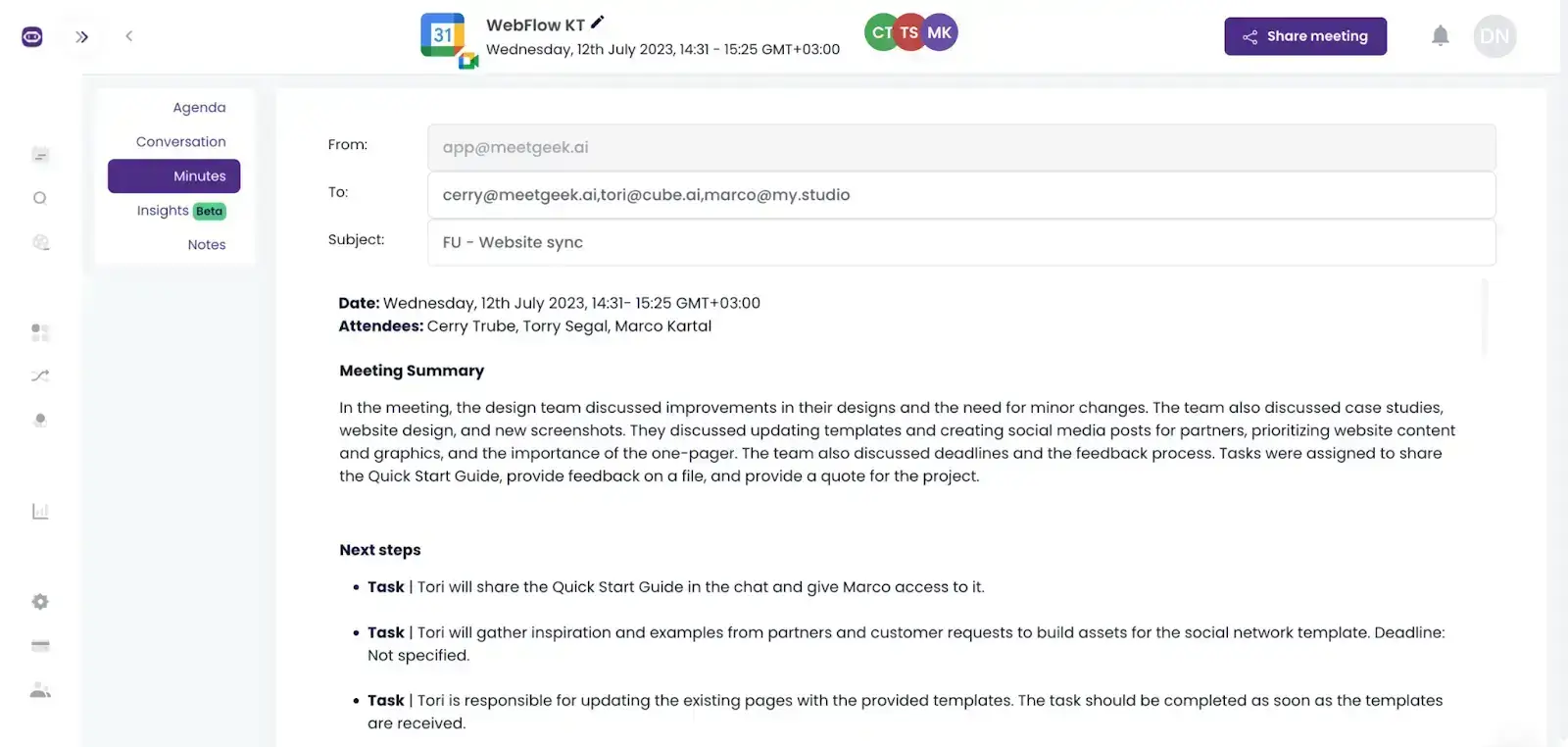
What’s more, it also includes them in automatically generated follow-up emails, so you can focus your time and energy on driving success instead of administrative tasks.
How to Follow Up on Touchpoint Meetings Effectively
Keeping track of key takeaways in a touchpoint meeting can be tricky, especially when the focus should be on discussing progress, solving issues, and aligning on the next steps—not scrambling to take detailed notes.
That’s where MeetGeek comes in. This meeting automation and collaboration tool records and transcribes your touchpoint meetings, providing AI-generated summaries so nothing gets overlooked.
With MeetGeek, following up is simple. You can set up automated workflows to send meeting summaries to your team or pull key points to share in a quick recap. This ensures that action items, decisions, and important discussions are documented and easy to reference.
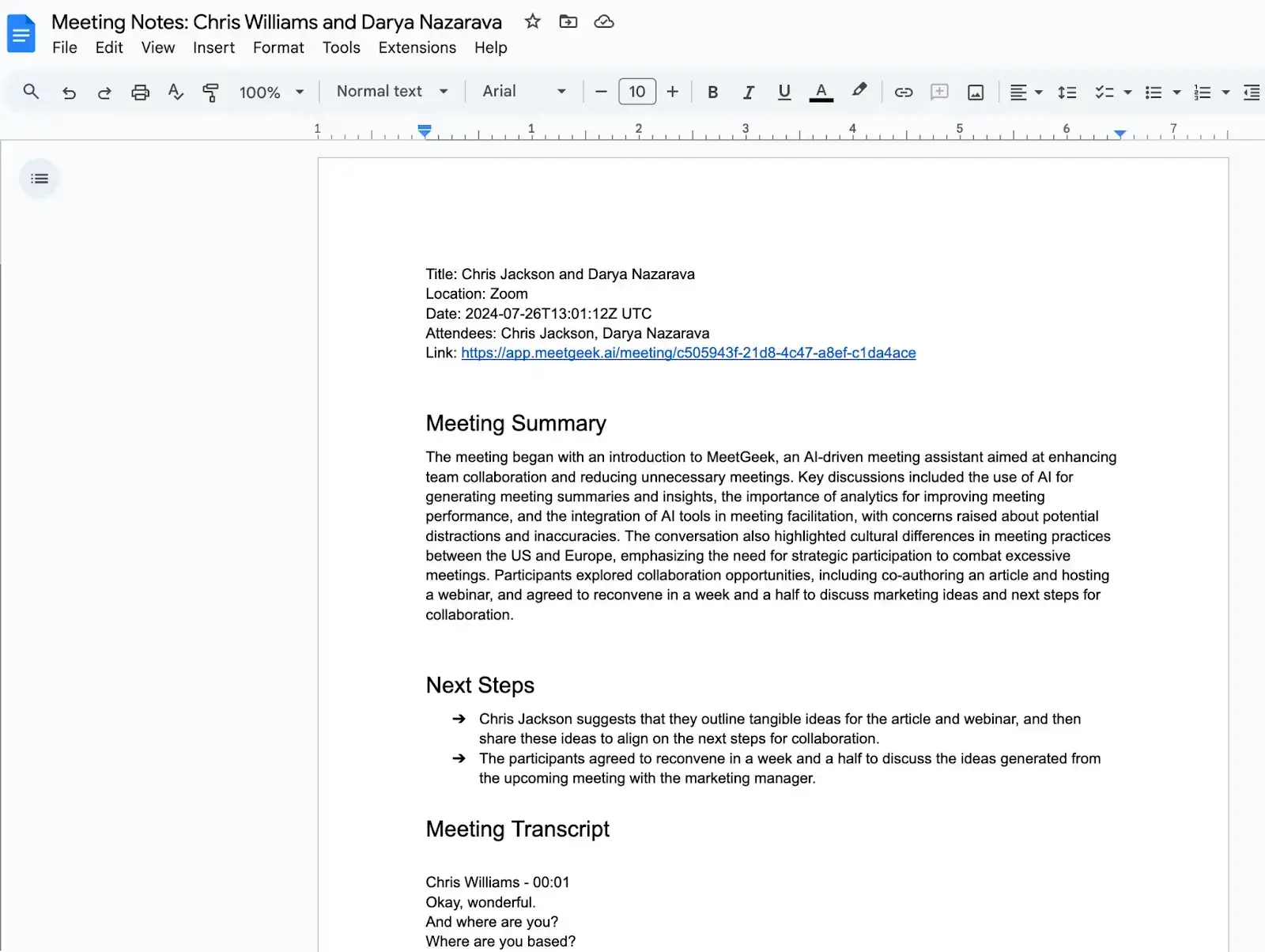
Worried about adding another tool to your workflow? MeetGeek integrates smoothly with your favorite project management and communication tools, so updates automatically sync where your team already works. Stay organized and keep your meetings efficient with MeetGeek.
Best Practices for Following up on Touchpoint Meetings:
- Send the recap ASAP: Send a brief summary of the meeting while everything is still fresh. This doesn’t need to be long. A short email or message covering the main discussion points, key decisions made, and action items assigned.
- Make it easy to track progress: Keep action items in a shared space where everyone can check progress. Whether it’s a task board, a shared document, or a simple checklist in Slack, ensure there’s a clear way for team members to update their status.
- Follow up individually when needed: Not everything needs to be addressed in the next team meeting. If an action item depends on one or two people, check in with them privately to see if they require support.
- Adjust plans as you go: If something isn’t progressing as expected, don’t wait for the next meeting to course-correct. If deadlines need to shift or priorities change, communicate that early, so the team isn’t caught off guard.
- Keep the momentum going: Encourage the team to share quick updates between touchpoints to maintain focus and prevent last-minute scrambling right before the next meeting.
- Ask for feedback: Every touchpoint meeting is a chance to improve. Ask the team if they found it useful and what could be better next time. Use your insights to refine future meetings and make them even more effective.
Have Better Touch Point Meetings with MeetGeek!
In conclusion, touchpoint meetings serve as a key tool for maintaining team alignment, keeping clear and consistent communication, and ensuring projects stay on track. But remember: a successful touchpoint meeting is one that is well-structured, encourages participation, and leads to clear action items.
If you want to make your touchpoint meetings even more efficient and improve team performance, try MeetGeek. It automates note-taking, generates AI-powered summaries, and integrates with your favorite tools so your team can focus on what matters. Start using MeetGeek today and make every meeting count!
.avif)





